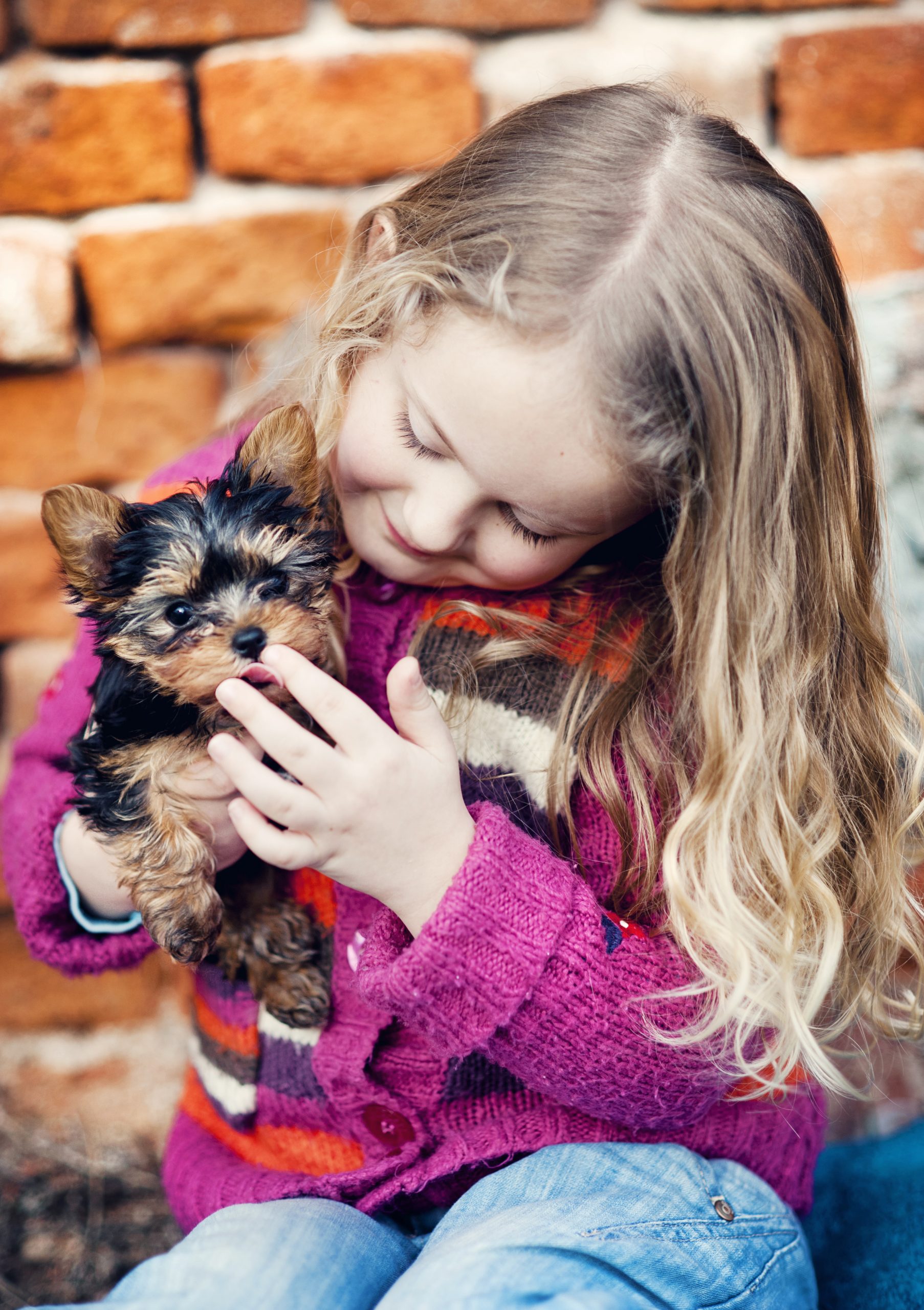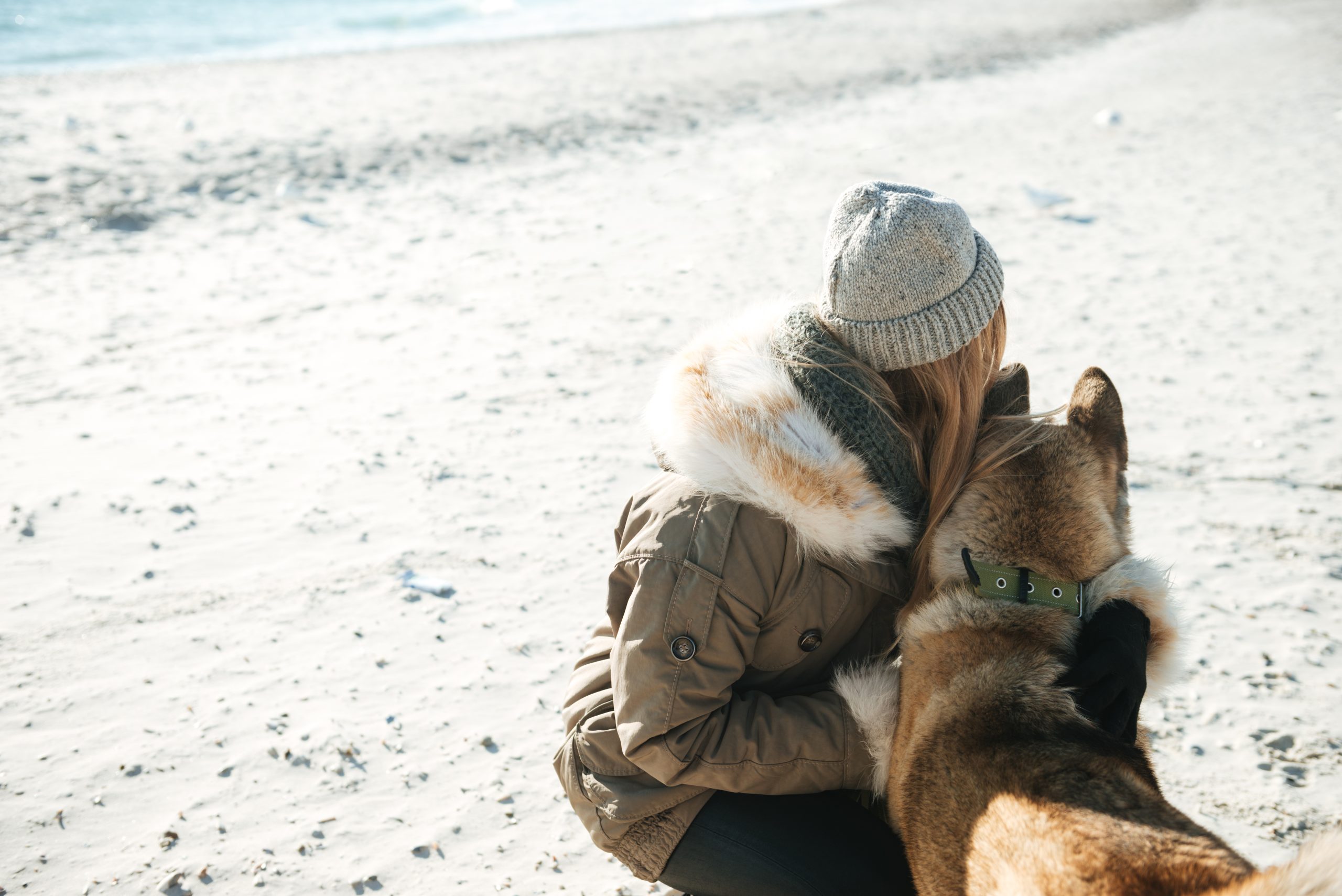Introduction:
Welcome to the world of puppy training! Training your new furry friend can be a fun and rewarding experience for both you and your dog. In this article, we will discuss five easy steps that you can follow to train your puppy in no time. By following these simple steps, you can create a well-behaved and obedient companion who is a joy to have around.
Step 1: Consistency and Patience
The first step to successful puppy training is consistency and patience. Dogs are creatures of habit and thrive on routine. Therefore, it’s essential to establish a consistent schedule for feeding, walking, and training your pup. Additionally, patience is key when it comes to training your puppy. Remember that they are still learning and may not understand what you want them to do right away. Be patient with your pup and provide plenty of positive reinforcement when they show progress.
Step 2: Reward-Based Training Methods
Reward-based training methods are an effective way to teach your puppy good behavior. This method involves using treats or praise as rewards for good behavior. For example, if your puppy sits on command, give them a treat or verbal praise. Over time, your puppy will learn which behaviors earn them rewards and begin to associate those behaviors with positive outcomes.

Step 3: Common Behavioral Issues and How to Address Them
As your puppy grows, they may develop some common behavioral issues such as jumping up on people, chewing on furniture, or barking excessively. To address these issues, you need to identify the root cause of the problem and take appropriate action. For instance, if your puppy jumps up on people, you should gently push them down and say “no” firmly but calmly. If they continue to exhibit unwanted behavior, consider enrolling them in a professional training course.
Step 4: Tips for Successful Housebreaking
Housebreaking is one of the most significant challenges faced by new pet owners. However, with the right approach, you can quickly housebreak your puppy. First, establish a regular potty schedule, taking your puppy outside every hour during waking hours. Also, avoid giving your puppy too much water before bedtime to reduce the likelihood of accidents at night. Finally, always praise your puppy when they go outside to relieve themselves.
Conclusion:
Training your puppy doesn’t have to be difficult or time-consuming. By following these five easy steps, you can create a well-trained and obedient companion who brings joy to your life. Remember to remain consistent, patient, and use reward-based training methods to achieve optimal results. Good luck with your puppy training journey!

Other Questions People Ask
What is Introduction: and why is it important?
Understanding what Introduction: entails provides a solid foundation for further learning. It encompasses both the key concepts and the role it plays in its broader context. Knowing why it matters helps you prioritize it appropriately and recognize the benefits it can offer. This perspective also guides your decisions about when and how to apply Introduction:.
How can you get the best results with Introduction:?
Achieving the best results with Introduction: requires clear goals and consistent practice. Start by understanding proven methods and gathering the right resources. Then follow a structured process, adapting to challenges as they arise. Focusing on quality and maintaining patience will lead to lasting success.
What common mistakes should you avoid with Introduction:?
When using Introduction:, people often overlook fundamental principles or skip important steps. Rushing through the process or failing to plan can lead to poor outcomes. Being aware of these common pitfalls allows you to avoid them from the start. Careful preparation and attention to detail will help you achieve the desired results.